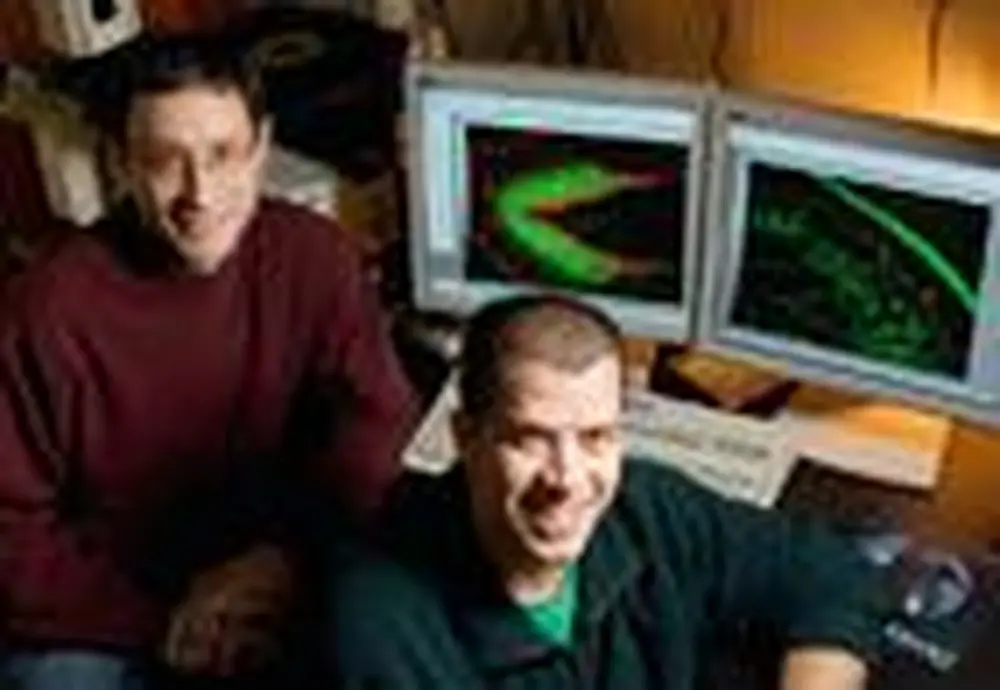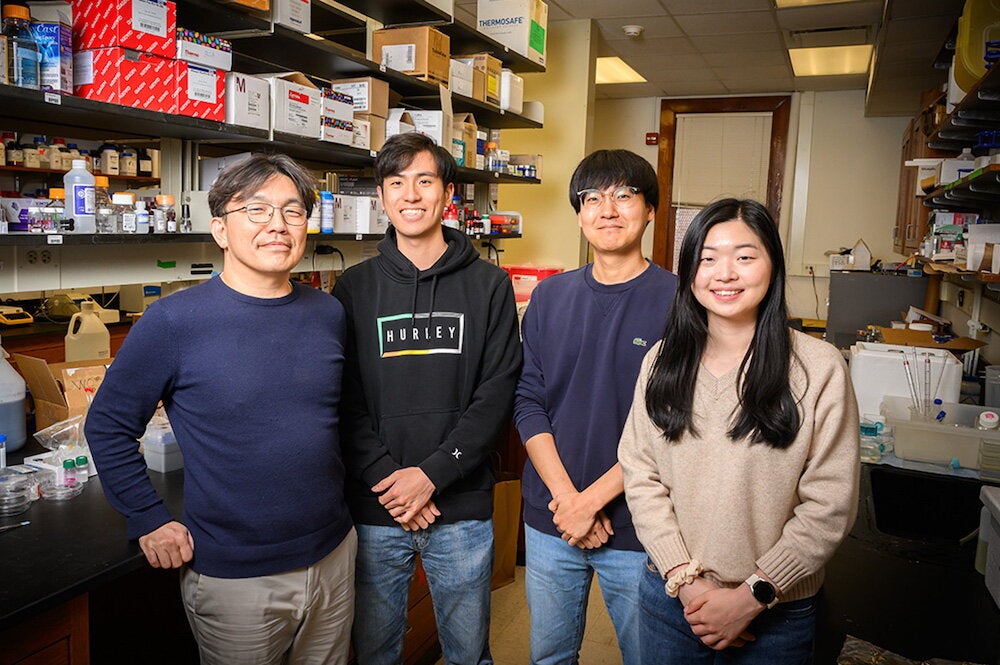

Could vital information about many human diseases be deciphered from genes inside freshwater flatworms?
Researchers cannot yet offer a definitive answer, but a recent study at the U. of I. has provided an important advance for pursuing both that idea and the biology of stem cells.
After sequencing and analyzing genes from the planarian Schmidtea mediterranea, researchers discovered that not only were 66 percent of them similar to sequences already in public databases, but also 142 of 287 genes were associated with human diseases. Because the genes they studied represent only about one-half of the total, "it seems likely that the vast majority of human disease genes will have homologues in planarians," the scientists say.
"One of the striking things we found is that when we look at planarian genes, we see a group that is conserved between planarians and mammals that is not found in Drosophila or C. elegans," says Phillip A. Newmark, a professor of cell and developmental biology.
"We speculate that these conserved sequences may play roles in processes such as long-term tissue maintenance and cell turnover that are likely less important for short-lived organisms like nematodes and insects," Newmark says.
Drosophila melanogaster and C. elegans (Caenorhabditis elegans) are standard model invertebrates used in biology. "The fact that they don't have some of the genes that planarians share with mammals says that planarians will be an important, complementary model for studying gene function," Newmark says.
On a more basic level, the work by Newmark and colleagues will aid the planarian genome-sequencing project being done at Washington University in St. Louis.
Sexual planarians don't develop reproductive structures until after they've reached adulthood, when their stem cells go to work in a process known as epigenetic germ cell specification. Asexual planarians reproduce by transverse fission-by splitting into pieces and regenerating; they do not develop reproductive structures.
Both planarian strains, however, can regenerate themselves when split. By comparing the machinery of the two strains, basic knowledge about stem and germ cell activity might be enhanced, Newmark says. "Many of the genes in this collection are going to be important for studying stem cell biology and regeneration," he says.
Co-authors were postdoctoral researcher Ricardo M. Zayas; Alvaro Hernandez, assistant director for DNA services at U. of I.'s W.M. Keck Center for Comparative and Functional Genomics; Bianca Habermann of Scionics Computer Innovation in Germany; and doctoral students Yuying Wang and Joel M. Stary.
The National Science Foundation, National Institutes of Health, and Damon Runyon Cancer Research Foundation supported the work.


